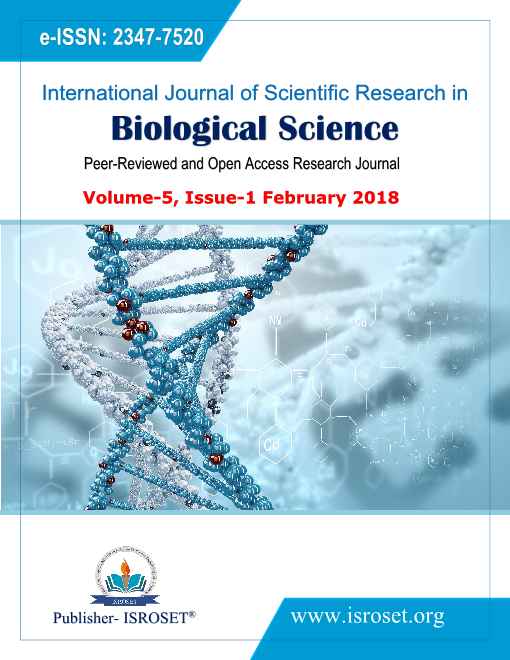An Indian Scenario: Emerging Advances in Nanotechnology as Drug Delivery System in Rheumatoid Arthritis
Keywords:
Rheumatoid Arthritis, Topical delivery, Transferosomes, Nanomedicine, Liposomes, NanocarrierAbstract
There are several significant assays including bioavailability, Toxicity, high clearance, and further current therapies require higher and frequent dosing to gain desired therapeutic effects for Rheumatoid arthritis (RA). Nanoparticles have been widely investigated for rheumatoid arthritis (RA). Though, higher doses of Nanocarriers also increase the incidence of dreadful adverse effects. Wherever, nanocarrier properties are most populated by the use of different approaches like targeting ligands, to change the physicochemical properties including higher encapsulation, better penetrating ability in cells etc. The main advantage of the nanocarrier that they provide longer circulation which enhances drug localization at the inflamed site and selective targeting to enhance the therapeutic index of anti-arthritic drugs. However, the optimal properties of nanocarrier also depend on the route of administration and size of particles, thus larger size show more retention upon local injection and smaller sized ones are more optimal for passive targeting. The present article discusses the emergence of nano-carriers for anti-rheumatic drugs, which delivers drug molecule to the inflamed site by topical, intra-articular (i.a) and intra-venous (i.v) administration to take advantage of therapeutic efficacy by passive and active drug delivery. Advancements have been made extensively but still better investigations are needed to achieve the risk-benefit ratio for the development of safe, stable and effective targeting nanocarriers for the e treatment of rheumatoid arthritis (RA).
References
D.Reddy, L.W.Trost, T.Lee, A.Baluch, A.D Kay; Rheumatoid Arthritis: Current Pharmacologic Treatment and Anasthteic onsiderations, M.E.J. ANESTH Vol.19, Issue (2), 2007.
Kislay Roy, Rupinder Kaur Kumar, Jagat Rakesh Kumar; Molecular targets in arthritis and recent trends in nano therapy; International journal of Medicine; Vol.10, Issue 1, pp.5407-5420, 2015.
Cross M, Smith E, Hoy D, et al, The global burden of rheumatoid arthritis: estimates from the Global Burden of Disease 2010 study; Annals of the Rheumatic Diseases;Vol.73; pp.1316-1322, 2014.
R.Handa, U.R.K. Rao, Juliana F.M Lewis, Gautam Rambhad, Susan Shiff, Canna J.Ghia; Literature review of rheumatoid arthritis in India; International journal of Rheumatic Diseases; Vol.19, Issue 5, pp.440-451. 2016.
van der Heijde D, Tanaka Y, Fleischmann R, et al. Tofacitinib (CP-690,550) in patients with rheumatoid arthritis receiving methotrex¬ate: twelve-month data from a twenty-four-month phase III randomized radiographic study. Arthritis Rheum.;Vol. 65, Issue.(3), pp. 559–570, 2013.
Wiesenthal A, Hunter L, Wang S, Wickliffe J, Wilkerson M. Nanopar¬ticles: small and mighty. Int J Dermatol.;Vol. 50 Issue: (3), pp. 247–254, 2011.
Zolnik BS, Gonzalez-Fernandez A, Sadrieh N, Dobrovolskaia MA. Minireview: nanoparticles and the immune system. Endocrinology.; Vol. 151, Issue. (2):pp. 458–465, 2010.
Koel Chaudhury, Vishu Kumar, Jayaprakash Kandasamy, Sourav Roy Choudhury; “Regenerative nanomedicine: current perspectives and future directions”. International Journal of Nanomedicine: Vol. 9 pp. 4153–4167, 2014.
Downloads
Published
How to Cite
Issue
Section
License

This work is licensed under a Creative Commons Attribution 4.0 International License.
Authors contributing to this journal agree to publish their articles under the Creative Commons Attribution 4.0 International License, allowing third parties to share their work (copy, distribute, transmit) and to adapt it, under the condition that the authors are given credit and that in the event of reuse or distribution, the terms of this license are made clear.







